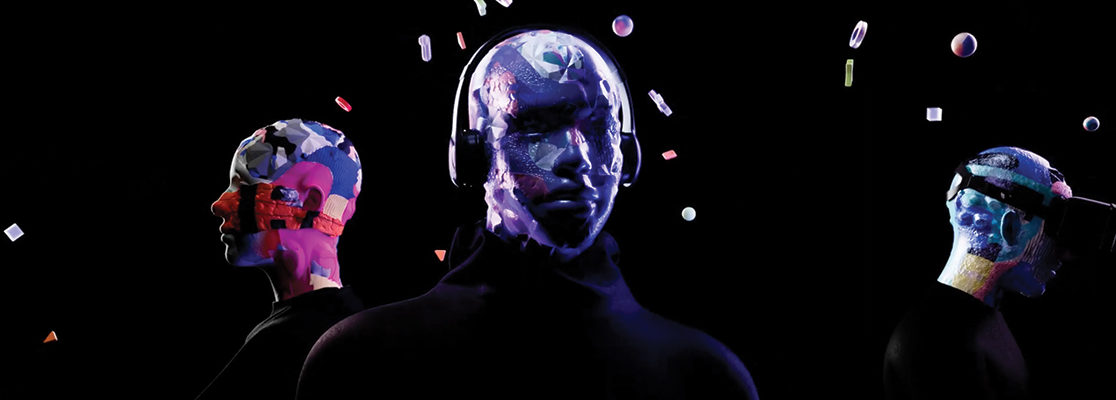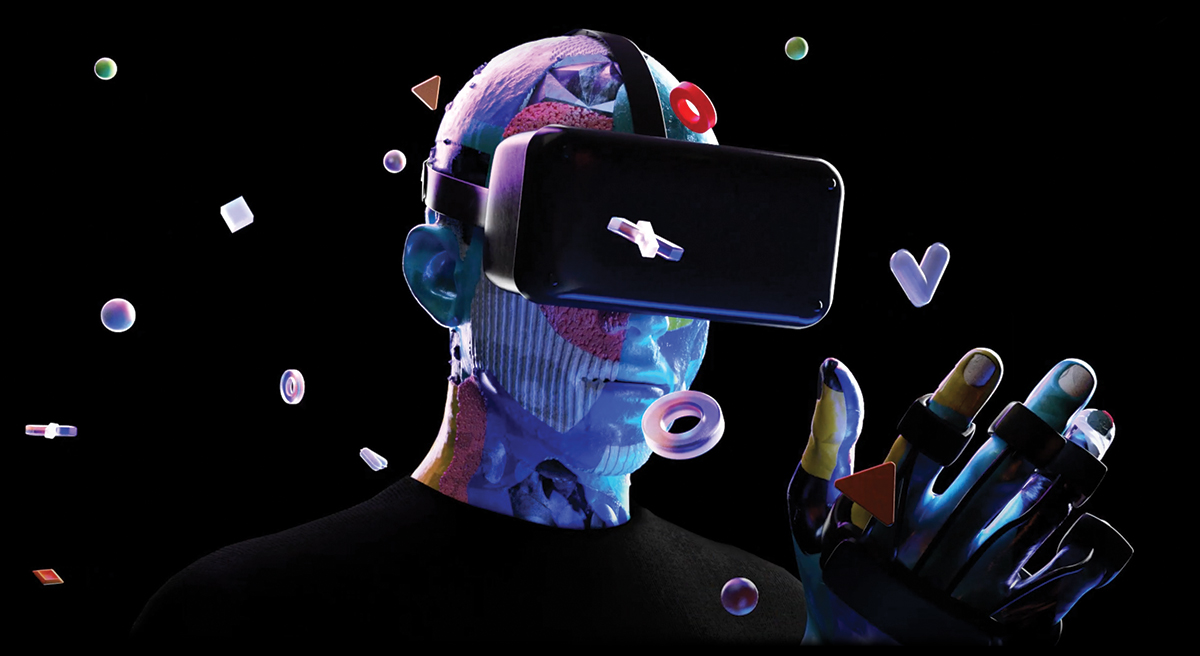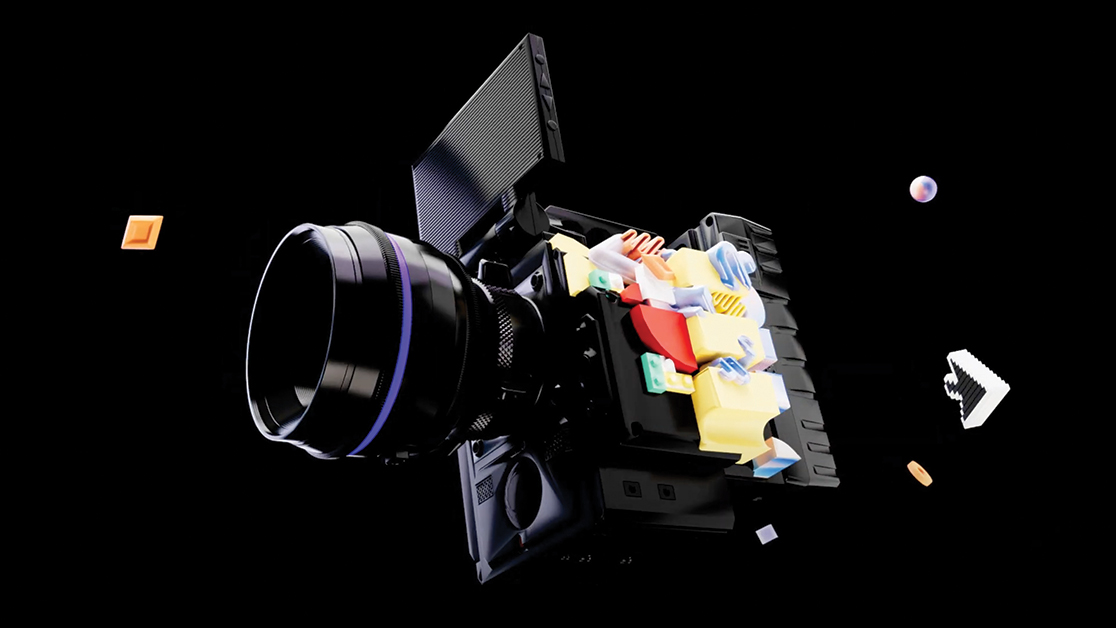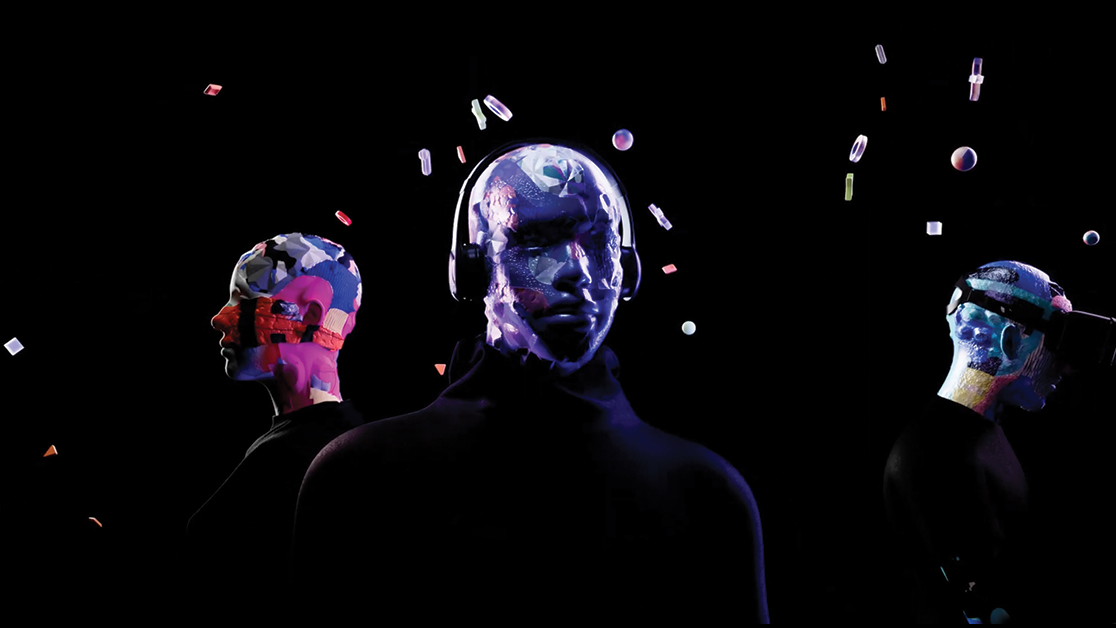Studying our Film Production degree is a great way of staying on top of the latest innovations in a constantly evolving industry. Our expert tutors are plugged into the sector and will be able to help you successfully navigate this exciting landscape. Get in touch to find out more and read our blog for our take on the latest film production trends shaping cinema…
Imagine being on a journey through the world of modern film production, where new trends, strategies, and technologies are always appearing.
In our blog, we explore the future of filmmaking, the influence of social media and streaming services alongside how new tech and ideas have changed every aspect of modern film production.
The Rise of Streaming Services and Their Impact on Film Production
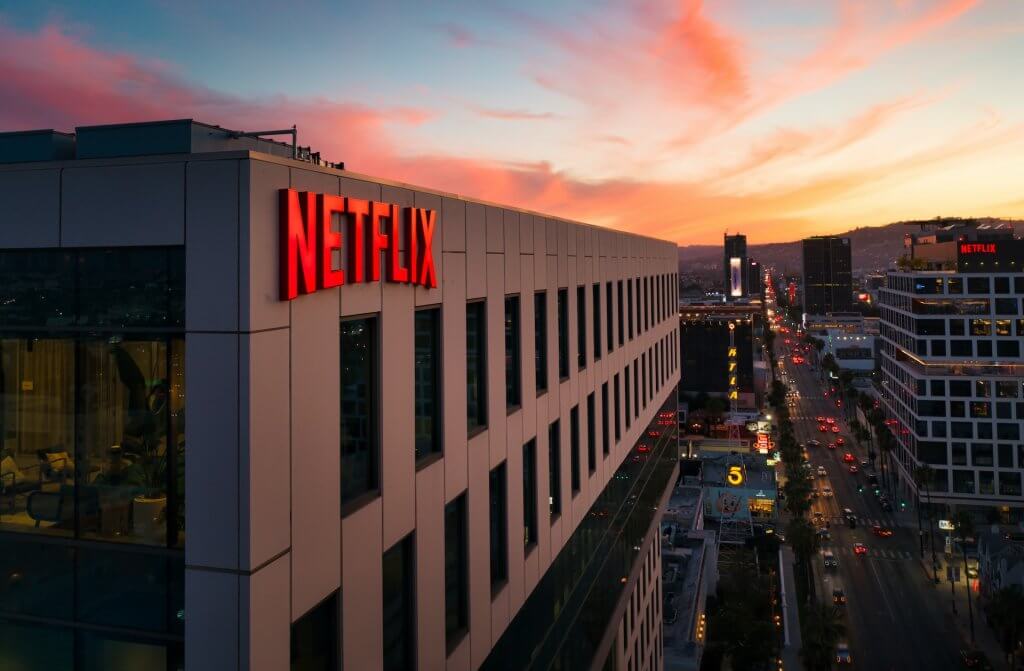
The arrival of streaming services such as Netflix has led to a seismic shift in the film industry, challenging conventions and rewriting the rules of how films are watched and consumed.
These cinematic moments were once only enjoyed in picture houses but have now found new homes in our living rooms and on mobile devices, reaching a global audience at the click of a button.
The growing demand for these platforms is undeniable, with Netflix boasting 200 million subscribers and Disney+ hot on its heels with 100 million.
Demand for Diverse Content
The rise of streaming platforms has amplified the call for diversity in film content.
No longer a token gesture, diversity has become a key driver of audience engagement and viewer loyalty.
Streaming platforms are catering to a growing demand for inclusive content, with offerings that celebrate:
- Minorities and underrepresented groups
- LGBTQIA+ narratives
- Spanish-language productions
- and more.
Far from being a fleeting trend, this commitment signifies an industry-wide shift in the kind of films being made and the voices and characters they celebrate.
Increased Investment in Original content
Original content has emerged as a crucial differentiator for many of the most influential streaming businesses.
Some major players in the industry include:
- Netflix | invested around $5.8 billion in original programming in 2022.
- Amazon | spent $7 billion on exclusive content in 2022.
- Disney | reportedly invested $10.5 billion in original content in 2022, more than any other streaming platform.
These investments are not just about gaining a competitive edge; they are also about building strong subscriber loyalty.
The offer of unique, high-quality content is a strategy to attract new subscribers but also a method to retain existing ones, ensuring their continual engagement.
Shift in Release Strategies
The traditional model of film distribution has been disrupted by the rise of streaming platforms, paving the way for new release strategies. It’s common now to see films released simultaneously in theatres and on streaming platforms, a move that has sparked intense debates within the industry. Despite the sometimes heated discussions, the trend is gaining traction, with audiences responding positively to the flexibility these options provide.
The future impact of this shift on film distribution remains to be seen.
Harnessing the Power of Social Media

Social media is another digital phenomenon reshaping the film industry.
As filmmakers and studios scramble to stay relevant in the digital age, social media platforms have emerged as powerful tools, impacting everything from film promotion to audience engagement and even the creative process itself.
Marketing Films on Social Platforms
In the world of film marketing, social media is a game-changer.
Marketing companies no longer have to rely solely on billboards and TV commercials; today, filmmakers are engaging audiences directly through social platforms. They are:
- Creating dedicated social media pages and unique viral content
- Sharing captivating trailers
- Running targeted ad campaigns
- Building vibrant communities around their films
Filmmakers are leveraging the power of social to generate buzz and build anticipation for their projects.
Crowdsourcing and Fan Input
Social media is also democratising the filmmaking process, encouraging greater audience participation through crowdsourcing.
From scriptwriting and casting to funding and marketing, audiences now have the opportunity to be directly involved in various stages of the creative process.
By tapping into the wisdom of the crowd, filmmakers can access a broader range of ideas and resources, enhancing audience engagement and overall production values.
Viral Challenges and User-Generated Content
The power of social media doesn’t end at crowdsourcing; it also extends to viral challenges and user-generated content. These trends are playing a significant role in film promotion, boosting visibility and generating viral excitement for films.
Whether it’s a dance-off to promote a new musical or a behind-the-scenes challenge to build anticipation for an upcoming release, these strategies are increasingly becoming part of the filmmakers’ promotional playbook.
Technological Innovations Reshaping Production
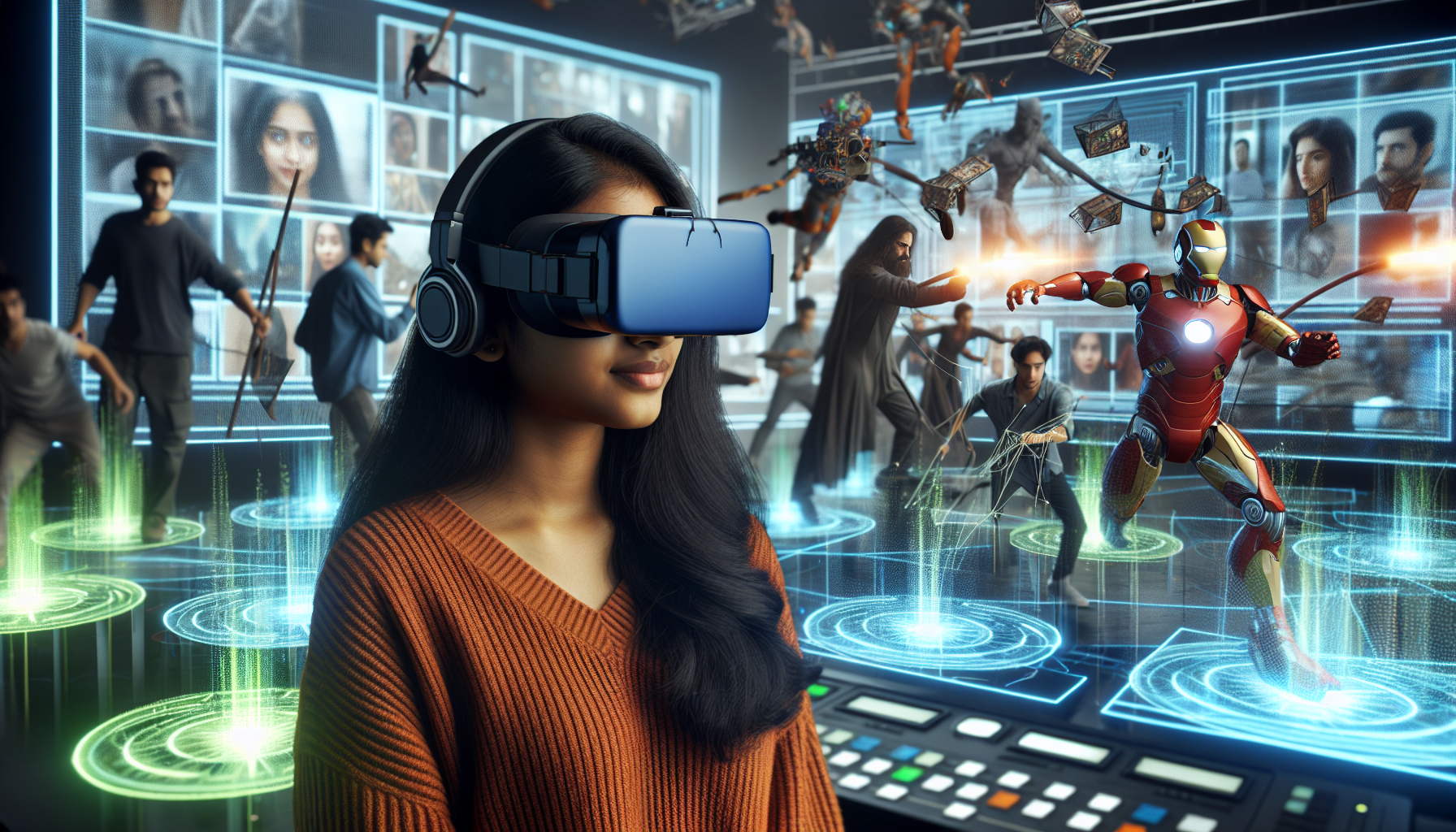
Just as streaming services and social media are reshaping the film industry, so too are other technological innovations. These advancements are revolutionising everything from how films are shot to how they are edited and watched.
We will now examine how these trends are altering the landscape of the traditional film industry, particularly in the realm of film production.
Virtual Reality (VR) and Augmented Reality (AR) Integration
In their quest to deliver more immersive and engaging experiences, filmmakers are embracing VR and AR. By immersing viewers in a virtual environment or overlaying digital elements onto the real world, these technologies are bringing audiences closer to the action than ever before.
The future of film may extend beyond the screen, encompassing our entire surroundings.
Advances in Camera Technology
Beyond VR and AR, advances in camera technology are also transforming film production. From high-definition digital cameras to AI-powered video editing tools, these advancements are helping filmmakers capture stunning visuals and streamline the production process.
As these technologies continue to evolve, filmmakers will have even more tools at their disposal to bring their creative visions to life.
Cutting-Edge Post-Production Tools
The impact of technology is not just felt on the set but also in the editing suite. With state-of-the-art software and AI-powered tools, filmmakers can enhance visuals, refine sound, and craft seamless narratives.
As these tools become more sophisticated, the possibilities for what can be achieved in post-production are expanding.
Independent Filmmakers: Pioneers of Innovation
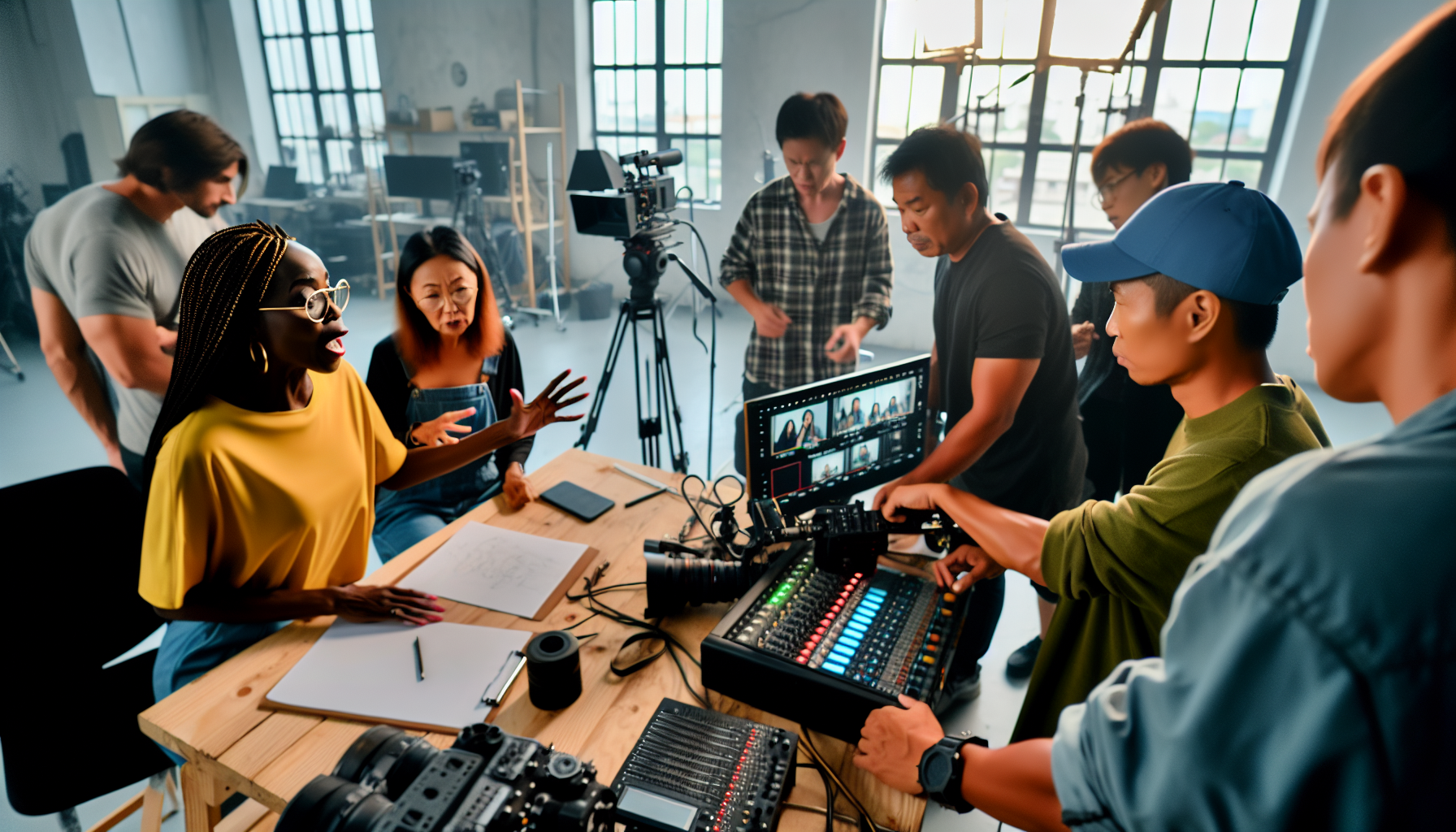
While big studios have the resources to experiment with new technologies and platforms, it’s often the independent filmmakers who are at the forefront of innovation.
These creatives are free to experiment with new techniques, platforms, and storytelling methods.
Low-Cost, High-Impact Productions
Independent filmmakers are proving that you don’t need a blockbuster budget to make a high-impact film.
By leveraging affordable technology and creative solutions, these filmmakers are producing compelling films on small budgets. These low-cost, high-impact productions are democratising filmmaking and opening up new opportunities for diverse voices to be heard.
Embracing New Distribution Channels
In the age of digital distribution, independent filmmakers are not bound by traditional methods. Instead, they are embracing new channels, such as streaming platforms and film festivals, to reach wider audiences. These new channels are breaking down barriers and allowing independent films to find global audiences, no matter where they are.
Collaborative and Cross-Disciplinary Approaches
Collaboration is at the heart of independent filmmaking. From crowdsourcing ideas to working with cross-disciplinary teams, these filmmakers are leveraging their networks to drive innovation and enhance creativity.
The Evolution of Storytelling in Films

Storytelling is at the heart of filmmaking and is changing in line with these new developments. From non-linear narratives to social commentary, filmmakers are experimenting with bold ways to tell stories and engage audiences.
Let’s examine these emerging trends and their impact on the evolution of cinematic storytelling.
Emergence of Non-Linear Narratives
Non-linear narratives, where events are presented out of chronological order, are becoming increasingly popular in film.
By playing with time and perspective, these narratives offer a unique and engaging storytelling experience. This form challenges convention and keeps audiences engaged.
Incorporating Social Commentary
Filmmakers are increasingly using their films as a platform for social commentary, addressing trending issues and sparking meaningful conversations. Their creations not only entertain but also challenge audiences to think about important societal issues.
Blending Genres for Unique Experiences
Genre blending is another trend reshaping storytelling in film.
By combining elements from different genres, filmmakers are creating unique and memorable film experiences. Whether it’s a horror-comedy, a sci-fi romance, or a musical drama, these genre-blended films are offering audiences something fresh and exciting.
The Future Landscape: Predictions and Anticipations
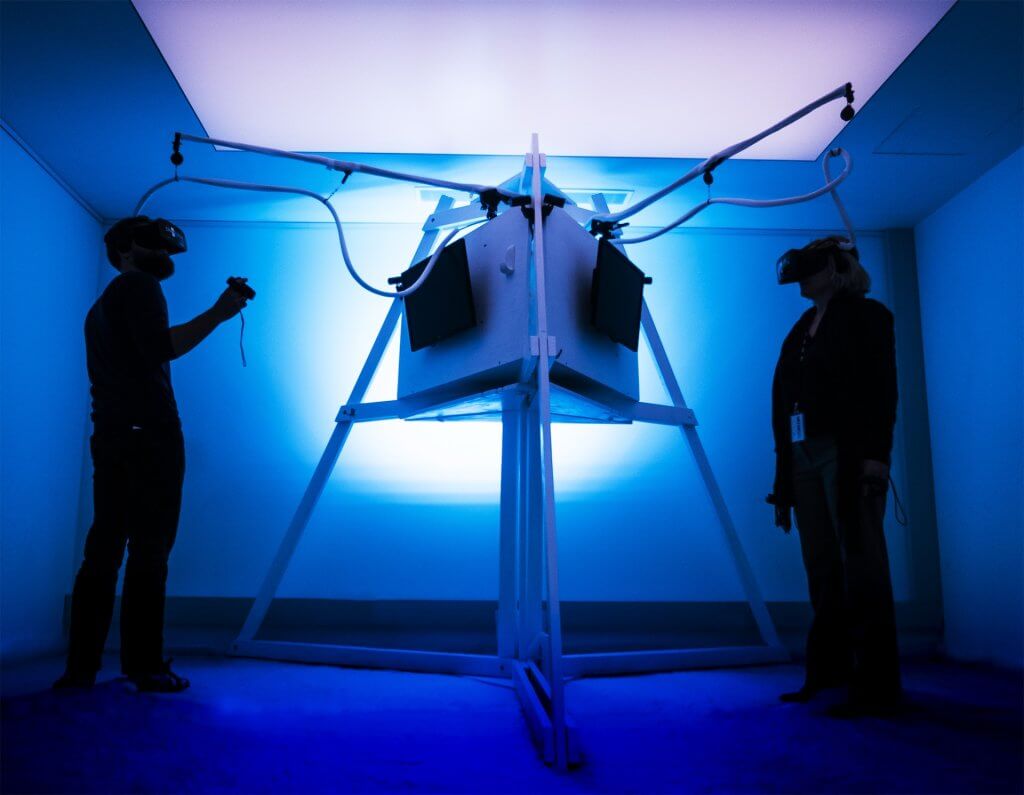
As we navigate the future of filmmaking, let’s anticipate some predictions expected to shape this industry. From the growth of immersive experiences and the potential of AI, to sustainability initiatives, the future of film production holds plenty of excitement.
Projected Growth of Immersive Experiences
The future of filmmaking promises to be more immersive than ever, with technologies like VR and AR set to revolutionise the cinematic experience. These technologies are expected to grow in popularity and significantly influence the future of filmmaking.
As these technologies mature, they will offer audiences even more engaging film experiences in movie theatres.
Potential for AI in Creative Processes
AI is another technology that holds great potential for the future of filmmaking. It can:
- Generate scripts
- Provide plot suggestions
- Refine screenplays
- Enhance performance capture technology
AI is set to play a significant role in various stages of filmmaking, offering new tools and techniques to bring creative visions to life.
Sustainability Initiatives in Filmmaking
As we look to the future, sustainability is set to play a crucial role in filmmaking too.
From green filmmaking practices to eco-friendly materials on set, the film industry is taking steps to reduce its environmental impact and promote sustainability.
As these initiatives gain momentum, sustainability will become an integral part of the filmmaking process.
conclusions
It’s clear we’re in the midst of an exciting era of transformation.
From the rise of streaming services and the impact of social media, to the innovative strides of independent filmmakers and the technological advancements reshaping production, the future of filmmaking holds endless possibilities. As we journey into this future, one thing is certain: the film industry will continue to evolve, adapt, and innovate.
Frequently Asked Questions
What are the current trends in the film industry?
The film industry is rapidly evolving, with new trends emerging that are expected to reshape the future. This includes increased use of technology such as virtual and augmented reality, 360-degree video experiences, AI, and on-demand content. Furthermore, sustainability initiatives are becoming increasingly important, as well as diversity and inclusion efforts both in front of and behind the camera.
What is the future of film production?
Movie production is on the brink of an exciting transformation, thanks to innovative technologies like virtual reality and 3D. As filmmakers continue to explore new ways to tell stories, moviegoers can look forward to immersive, interactive experiences in the future.
What are the major changes in the film industry?
The film industry has experienced dramatic change over the last few years due to digital cameras, remote filmmaking, advancements in post-production software, and the popularity of streaming services. Cinematographers are utilising multiple types of cameras to create unique visuals, while digital editing software allows faster and more precise editing.
How has the rise of streaming services impacted the film industry?
The rise of streaming services has been incredibly beneficial for the film industry, driving demand and investment in original productions, and encouraging creative release strategies.
How is social media influencing film production?
Social media is significantly influencing film production in a positive way, from marketing strategies to crowdsourcing initiatives and viral challenges. It has become an integral part of the filmmaking process.
STUDY FILM Production at SAE
If you want to work in film production, get to grips with the latest video editing software and hone your skills in a uniquely collaborative environment, then our Film Production degree could be for you.
With high-end digital cinema cameras and production suites, our facilities and expert tutors are well placed to give your career the best possible start in this fast-paced and dynamic industry.





